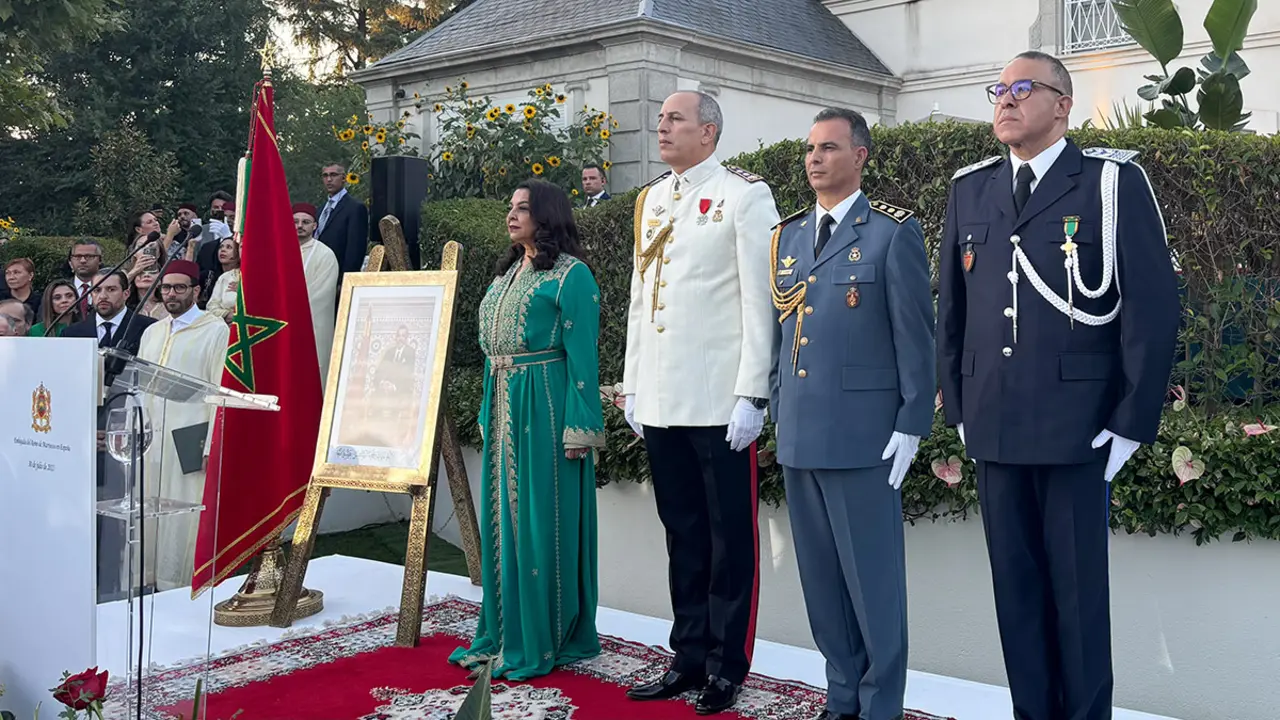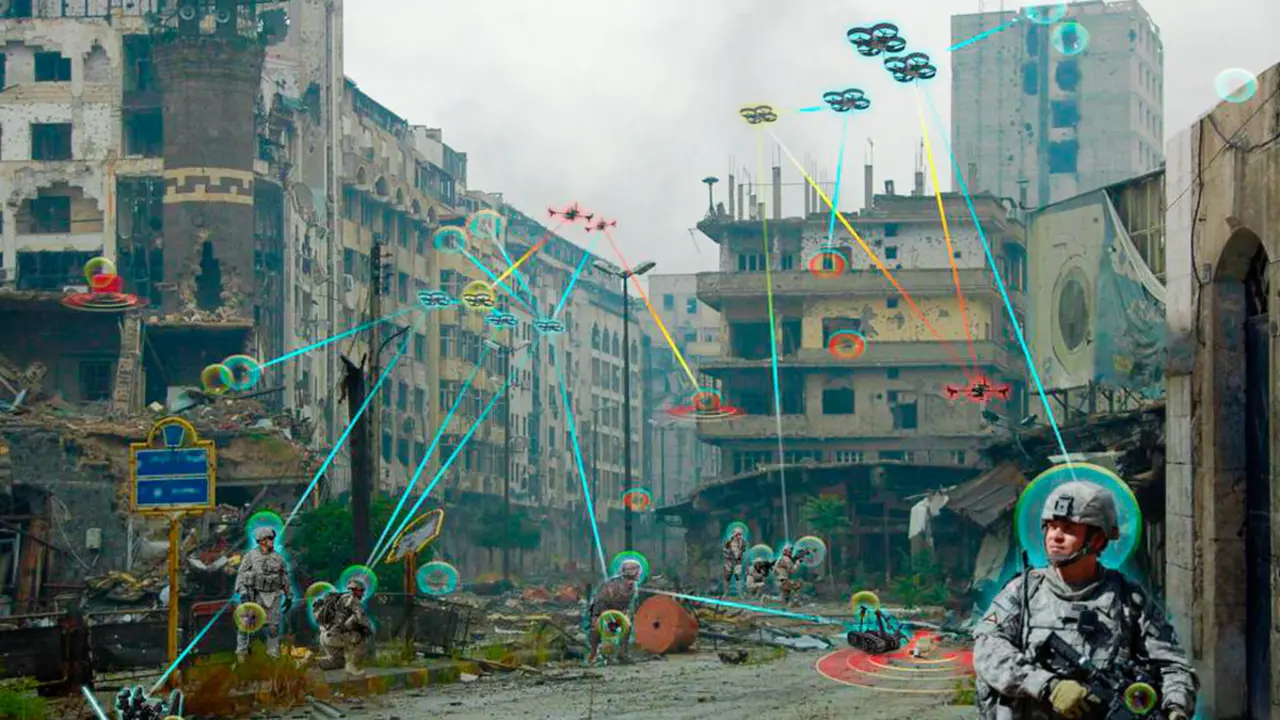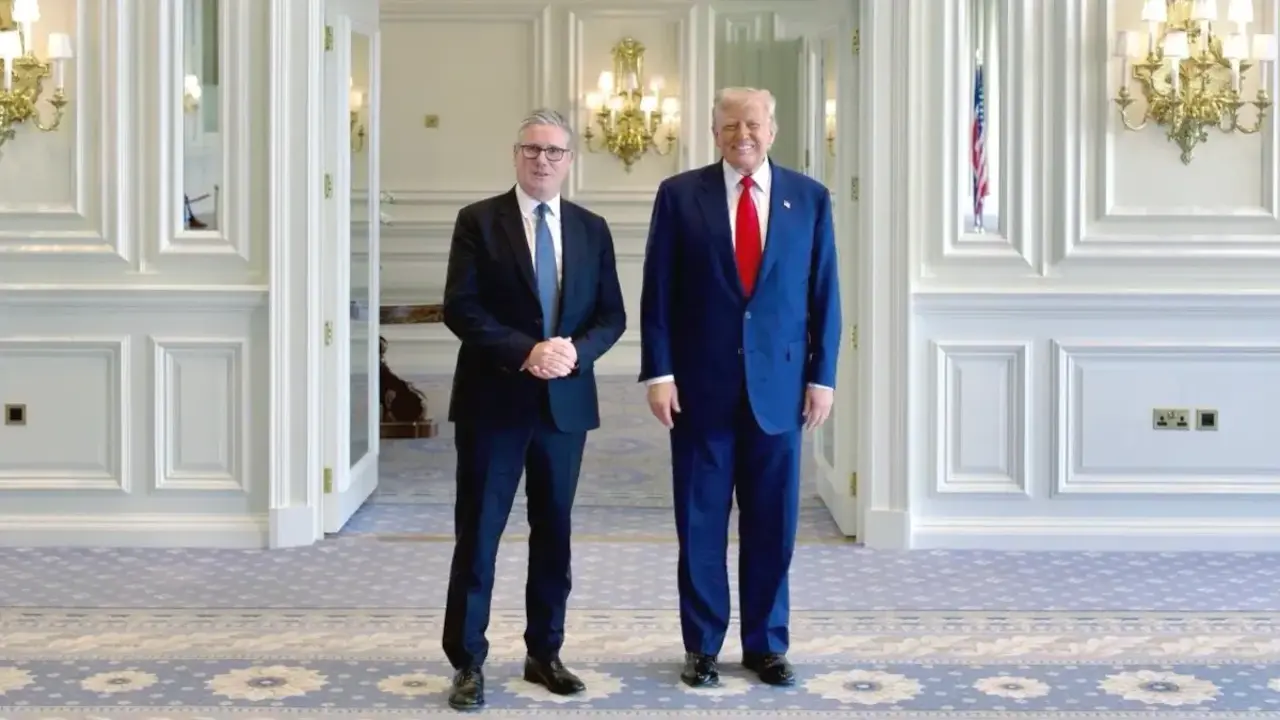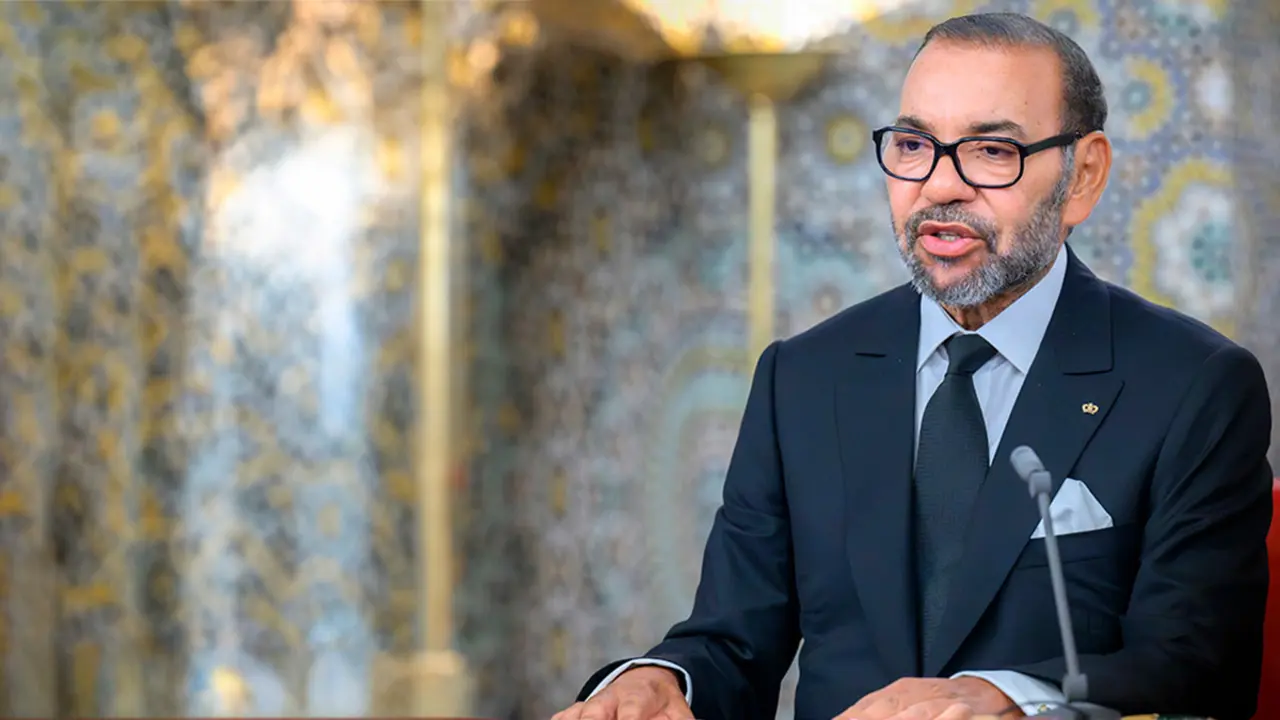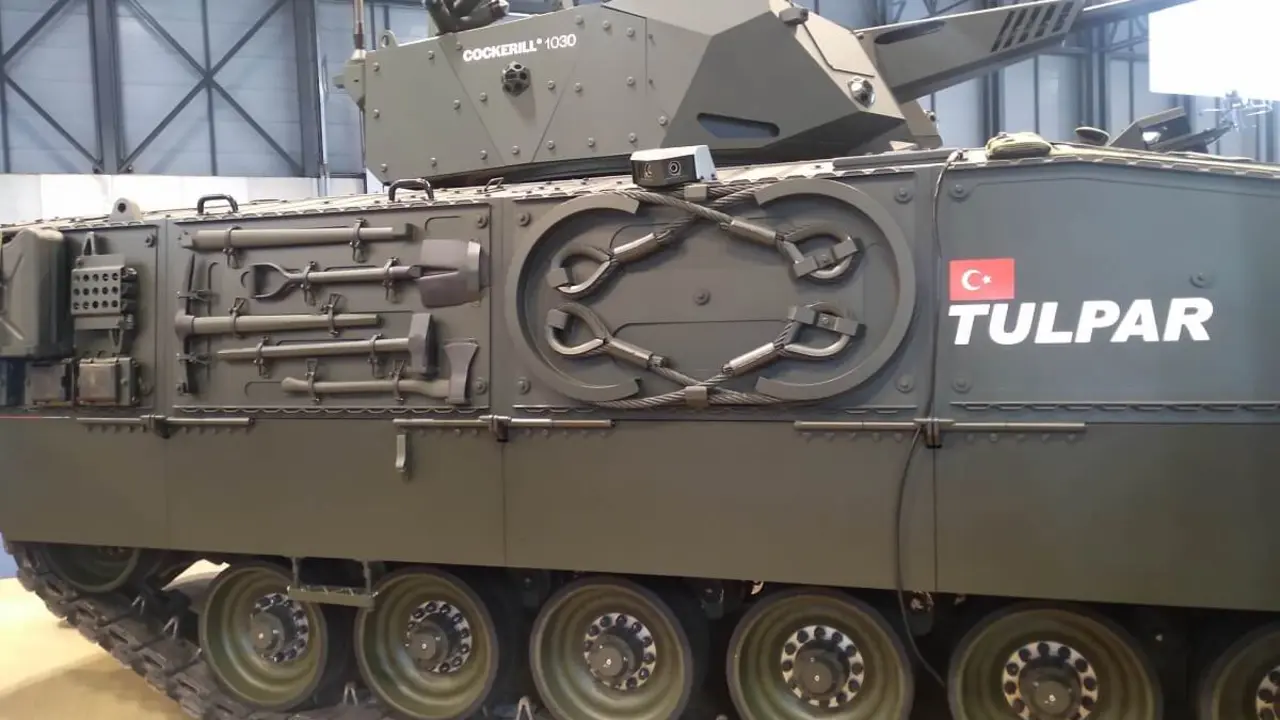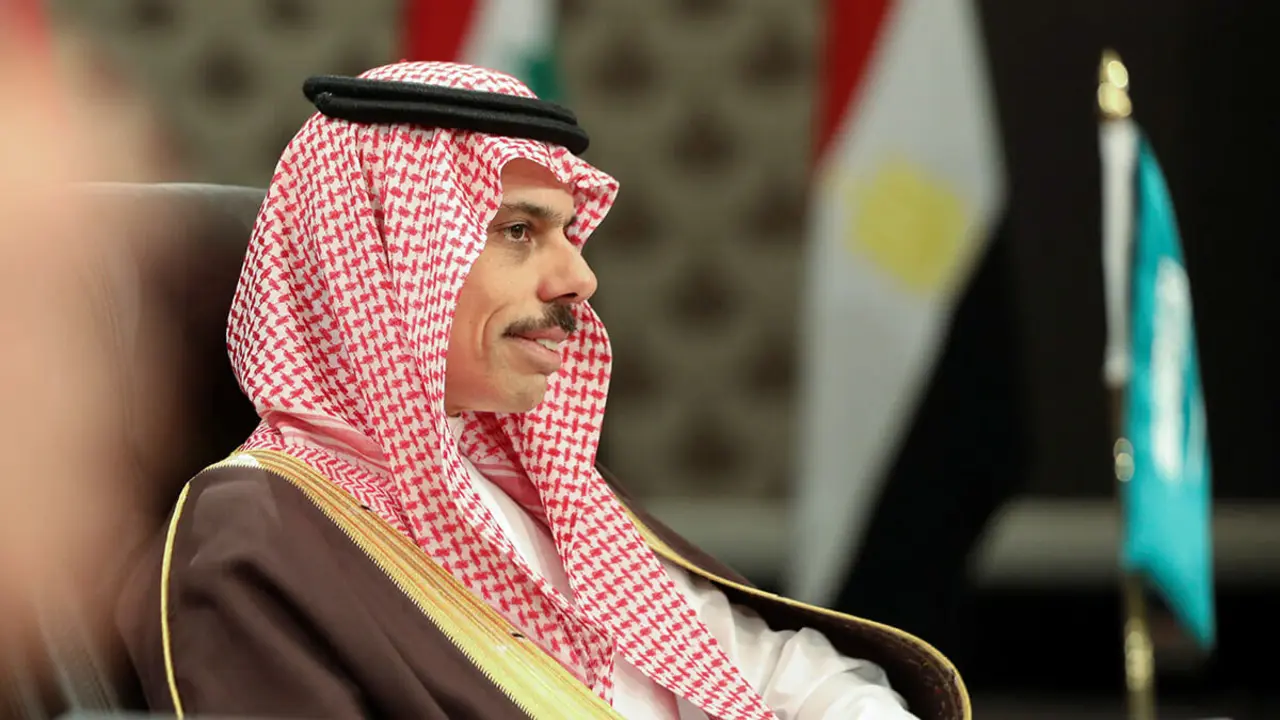María Senovilla, witness to the largest prisoner exchange while Russia bombed Ukraine
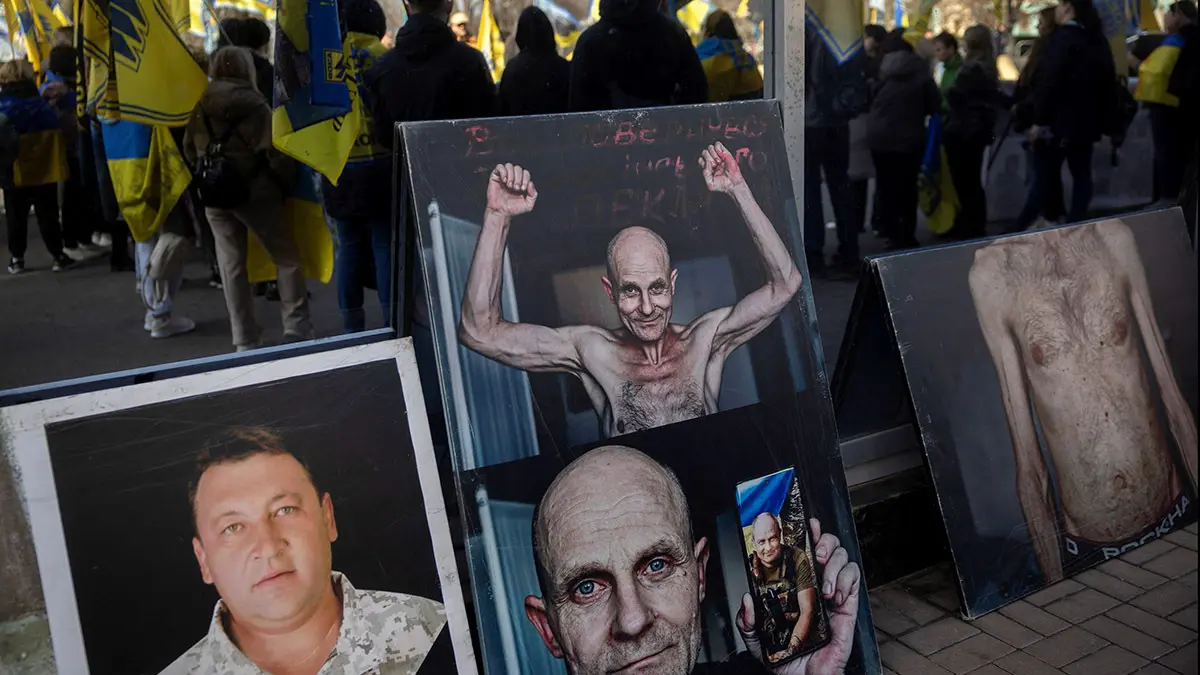
Reporter and journalist María Senovilla, a contributor to Atalayar, analysed the largest prisoner exchange since the Russian invasion of Ukraine began on Onda Madrid's programme ‘De cara al mundo’. She also discussed the massive Russian air strike that took place during the exchanges.
María, you were present at that prisoner exchange. Each one has their own story, and it breaks your heart to see the conditions and what this type of exchange fortunately represents, bringing relief to many families.
Many families welcomed their loved ones home, and others received information thanks to those who had just arrived. This prisoner exchange lasted a whole weekend, taking place on Friday, Saturday and Sunday, because it was the largest prisoner exchange since the Russian invasion of Ukraine began.
This exchange was in response to the agreement reached two weeks ago by the Russian and Ukrainian delegations in Turkey, a meeting that we analysed here almost live on these microphones, and which was not attended by either Putin or Trump, thus preventing more significant agreements from being reached. The only progress made was this agreement called 1,000 for 1,000, because a thousand prisoners from each side were released. The exchange had to be carried out over three consecutive days, precisely because there were a thousand people, with the complexity that this entails in crossing a thousand people from each side in buses across a border in one go. So it was done over those three days.
I was present at the first of these exchanges, on the Ukrainian side, of course, and it was truly one of the most emotional events I have covered in more than three years of conflict. On that first day, 390 people arrived, including 120 civilians, but the press was not allowed access to the civilian section, only to the military personnel. They arrived in buses that crossed the border with Belarus and travelled to Chernihiv.
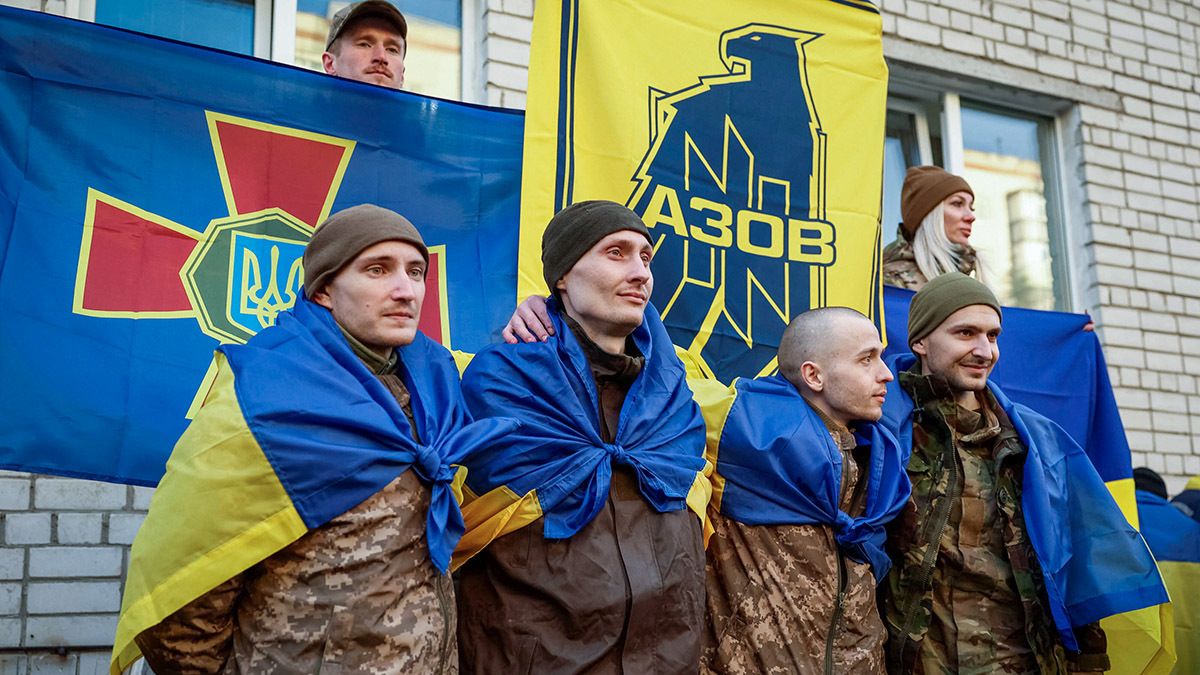
There in Chernihiv, hundreds of relatives were waiting for them, both prisoners of war and those missing in action. The vast majority of those people waiting to welcome them, wrapped in the Ukrainian flag, knew that their loved ones were not on those buses. But these families attend every exchange, tirelessly, carrying photographs of their children, their parents, their husbands, their brothers, to show them to the newly arrived captives in the hope that they have seen them alive, that they have met them in a Russian detention centre and can give them news.
Because in many cases, if a new arrival recognises these soldiers from the photographs, it is the only proof of life that these families receive in months or even years, because Russia systematically violates the Prisoner of War Statute, keeping them isolated and not allowing them to have contact with the International Red Cross or to correspond with their families. Both of these things, contacting the International Red Cross and being able to correspond with their families, are enshrined in international law. On the Ukrainian side, they are respected.
Even here, there are relatives of missing persons in combat and prisoners of war who complain that Ukraine not only respects the Prisoner of War Statute, but also gives them even more than it is required to. For example, it allows them to call their families. This is something they are not obliged to do, but they feel it is the right thing to do out of humanity.
So, the families on the Ukrainian side complain that their prisoners of war are completely isolated and that this is not the worst thing, because since the first exchange that took place in this war, back in 2022, there have been reports of the terrible torture to which these soldiers are subjected in Russian prisons. After they were released, I detailed the ordeal they went through, I detailed that in the 21st century and in a supposedly civilised world, these things are still allowed to happen. But anyway, beyond that, it was painful to see them get off those buses, because despite their smiles and tears of joy every time they met a family member or were able to see their parents and children on video calls, they were all absolutely emaciated, well below their normal weight. Some were walking skeletons, and you could really see in their eyes everything they had been through.
In short, between the three batches, a thousand people arrived, many of whom had been held captive since 2022, because there were fighters from Mariupol and also other soldiers who had been captured during the first months of the invasion. There were families who had been waiting for more than three years for them to return home.
It was the 65th exchange in this war. Since Ukraine invaded that small piece of Russia in the Kursk region last August and captured thousands of Russian soldiers there, these exchanges have been reactivated because the Ukrainian side had personnel they were willing to put on the table in exchange for the return of the Ukrainians. And it has been the largest exchange since 24 February 2022.

You mention the largest prisoner exchange of the war, which coincided with the largest Russian air strike since the large-scale invasion began, and you experienced both.
That's right. I went to cover the prisoners, then I stayed in Kiev and witnessed first-hand the largest Russian air strike since the large-scale invasion began. What's more, it coincided exactly with the three days of the exchange. In the morning, they exchanged those prisoners of war, and at night they launched these massive combined attacks, using drones and missiles simultaneously against some 20 Ukrainian cities. The heaviest attacks took place on Friday, Saturday and Sunday nights.
Every night, 300 prisoners of war were returned and more than 300 suicide drones were launched, in addition to 100 missiles that were launched over the course of those three days. It was tremendous. What's more, they were aimed at the heart of the cities. I was in Kiev, where I usually stay in the centre, and when I went out onto the balcony, I could hear the swarms of drones above all the rooftops in the centre, in the old town, and the anti-aircraft defences trying to shoot them down with large-calibre machine guns to prevent them from hitting their targets, because these Shahed drones usually go straight for residential buildings.
On the first night of the 367 air strikes launched by Russia, combining drones and missiles, the anti-aircraft defences were able to neutralise 266, but another 100 hit their targets. There were deaths, there were injuries, there was a lot of chaos. It is beyond the imagination of most people to see the images from that night of people coming out onto the streets covered in blood after a drone had hit their building, of people coming out onto the streets, fortunately uninjured, but with their homes destroyed and a hole in the ground where their homes had been, because those drones had hit them. The missiles also caused widespread destruction.

The next day, I was in a village 30 kilometres from Kiev, also in the region, called Marjaliska, where an Iskander missile had wiped out an entire street in the village. It was a fairly large village, a very quiet place, and a missile had fallen there and destroyed an entire street. In other words, there was no street left. I had the opportunity to talk to the survivors there, and they told me that first they launched the missile and then they launched drones. This is a tactic that is now commonplace in Russian double-tap attacks, so that when the emergency services arrive, there is another explosion and more people can be killed. And I can tell you that it was terrifying, because it also causes fatigue over three consecutive nights.
The attacks began at midnight on all three nights. You start to hear the sirens, you go online to check the monitoring channels, where they tell you if fighter bombers have taken off, if only drones are coming, from which direction they are coming, because they locate them with radar and warn the civilian population so that if the attack is serious, they can go to the shelters.
Thousands upon thousands of people slept in the metro stations in Kiev. It was terrible to see, reminiscent of the first weeks of the invasion when Russia laid siege to Kiev and carried out massive bombings, leaving people with no choice but to take refuge in the metro stations. Last weekend was the same, the stations were packed, people were lying on the floor, some on their coats, others had mats, folding chairs, there were lots of children, because families with children try to get them to safety at the first warning, as is logical, that a massive attack is coming.
Even so, in the city of Zhitomir, three children from the same family were killed when a house was bombed by a drone. The parents are in a very serious condition in hospital. Yesterday was the funeral of those three little ones, and the whole city of Zhitomir gathered there, and they are not the only victims. There have been several scenes of victims and almost a hundred wounded during these three days of continuous massive air strikes.

This is war, this is what is really happening. I was going to ask you about the political statements. Is there any confidence that there could be some kind of negotiation on Monday, or are they playing with the negotiating table again for next Monday?
Zelensky has to be there and he has to say that he is waiting for Russia to agree to a ceasefire, even though he knows that this will not happen. But he has to be there to make it clear, to show the rest of the international community that Ukraine is reaching out for negotiations and that it is Russia that does not want to end the war at this point.
And it's not going to happen because right now, no matter what Russian spokespeople say, Russia is very focused on its summer offensive. It has intensified its activity on all fronts. It is currently putting a lot of pressure on the Donbas region, it's terrible, nothing like the situation a few months ago, which was already bad, now it's much worse. Also in Kharkiv, in Sumy... And these attacks against cities, in case anyone had any doubts last weekend that the prisoner exchange, which was the result of an agreement in Turkey, was the first step towards peace, it became clear at night with these terrible attacks that there was no first step towards peace. This is something that the civilian population here has fully understood, but even so, Zelensky has to reach out, he has to honour all international commitments and he has to make it clear that it is Putin who does not want to reach out or end the war.
Now there has also been a statement, a tweet in this case, from Donald Trump, very much in Donald Trump style, calling Putin crazy, because we have already seen that it was the big bluff of the year that Donald Trump intended to end the war in Ukraine immediately after taking office, and after these 130-odd days in office, he has seen that there is nothing to be done, that it is not in his hands and that it is not in Zelensky's hands either. The ball is in Russia's court; putting an end to this war is in Vladimir Putin's hands, and he has no intention of doing so.


